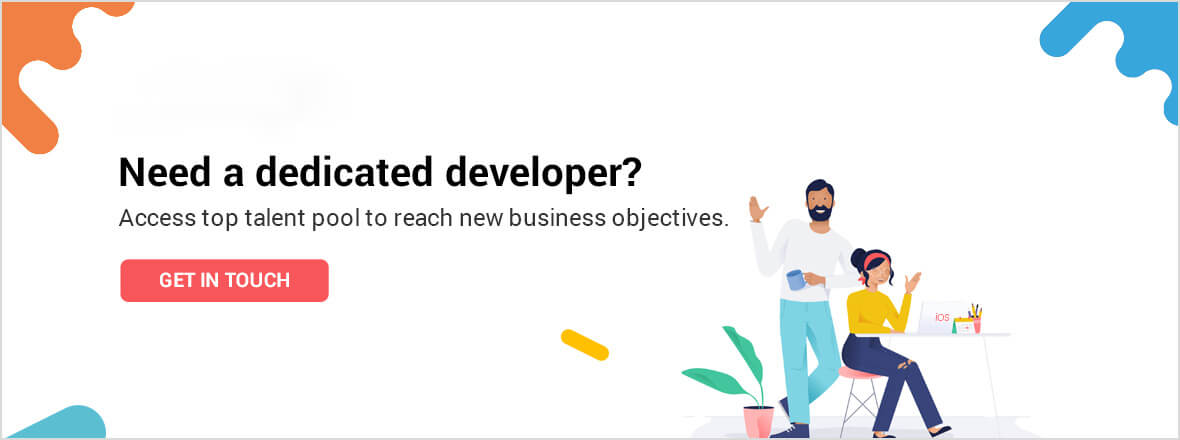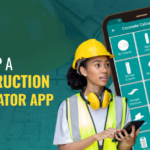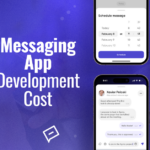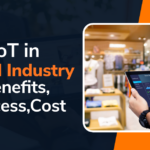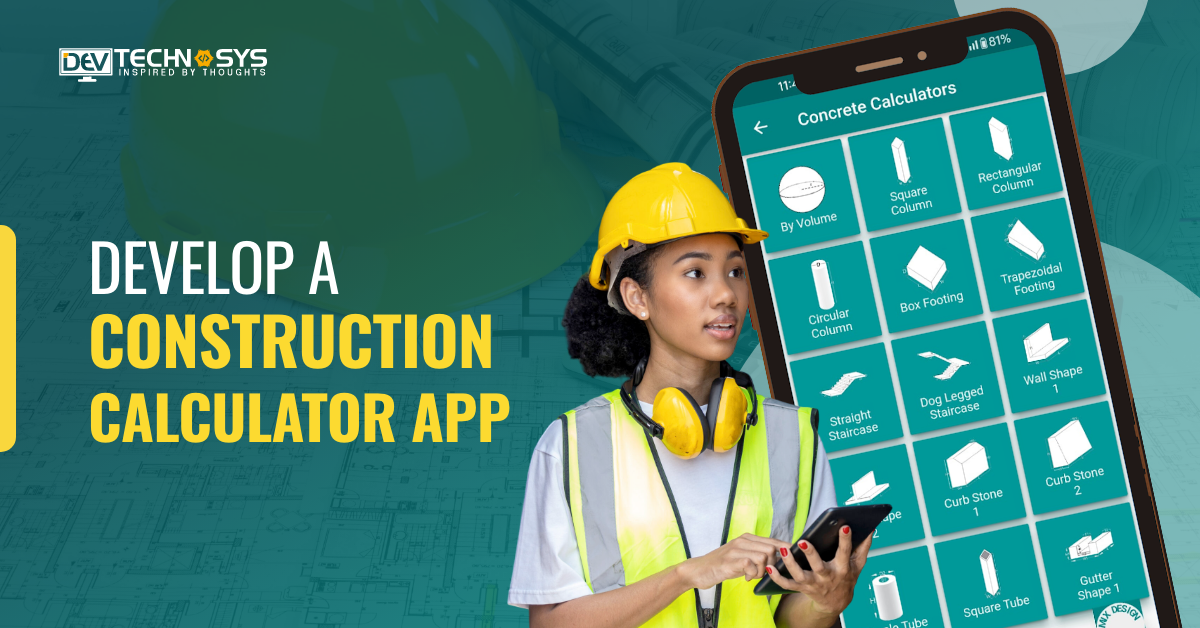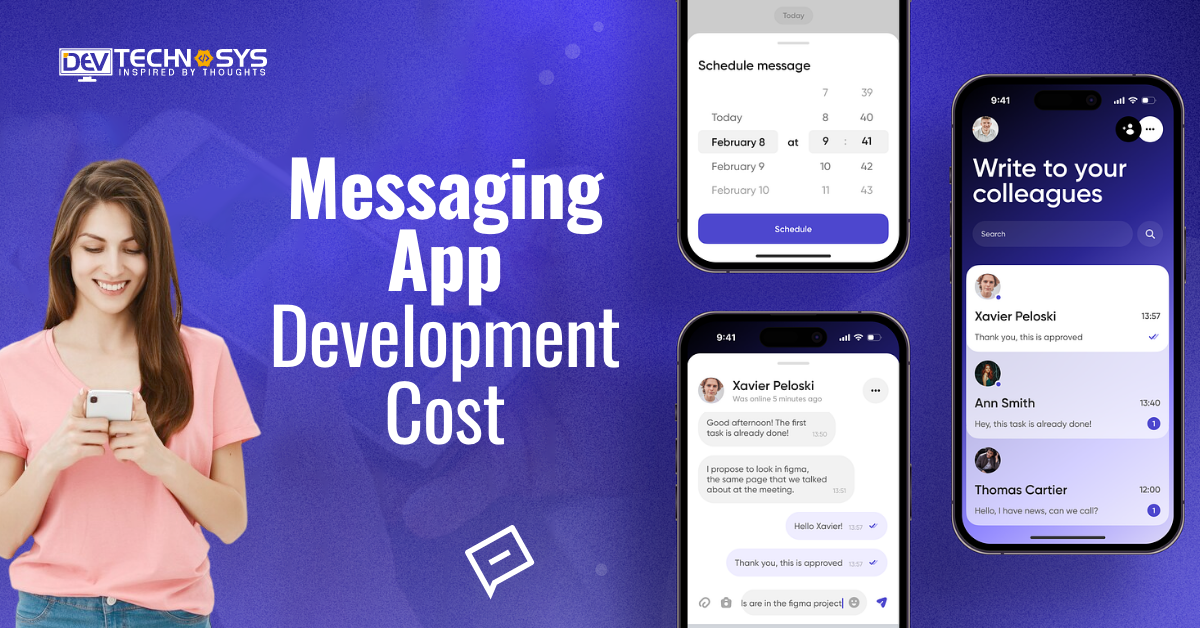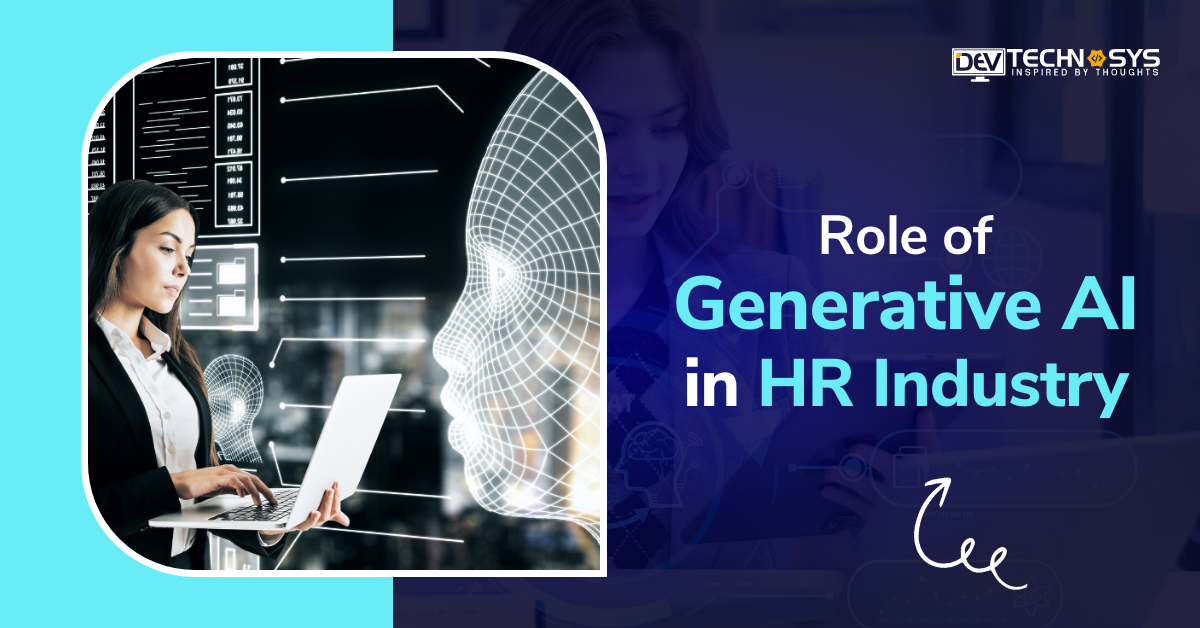Are you looking for any product development?
Like other successful and unsuccessful Google products, the Google Glass Explorer program gave a great example for the industry.
With the announcement that “Google Glass Explorer is going to end in January”, It announced that Glass is purported to move from Google X product development lab to its own business unit.
The decision to spin up the new business unit is surprising and the left onlookers are overwhelmed by the decisions. Google has never been shy to turn off its products that are not working as per the expectation.
Google Glass has a load of problems and several turn-offs for the users where bulky, frames and obtrusive prisms are the most obvious reasons for users to love or hate without leaving a middle choice.
The marketing decisions do not rise from the thin air. Google sensed the disadvantage of not having a clear market, which became the practical reason for ending the Google Glass Explorer program.
Google’s development of Glass along with its well-known creepy projects, made industry learns a valuable lesson.
Also, the industry should understand how to apply the same over its enterprise product development projects…
Google also codified the nine principles of innovation for overriding the version unveiled by Google’s former VP Marissa Mayer. The senior vice president of Advertising in Google stated the list of nine pillars:
Table of Contents
Courage to stick with bet For Product Development
It is not always certain to have fantastic software product development. Most of the products taking entry into the marketplace are likely to fade away during the competition. Google has also faced market aversion from the products.
The great thing is that Google has never shown shyness from axing the products, which are underperforming or not welcomed by customers. Although the launch of the product was the best, Google has given a long timeline for its beta version.
Google is known as the pioneer of augmented reality devices. Augmented reality, is not the thing where Google has Pioneer first, in fact, Google has created the market for AR.
Google Glass launch Google in 2013 after which Google is inspired along with several competitors. Following Google’s initiative Google Glass, Sony, and Epson came up with smart glasses and several business-oriented AR tools. Hololens is a well-known example by Microsoft.
When the competitors in the market are rolling out the new products, Google drew one step back after 2 years of intensive market research and turn off user feedback along with some loyal compliments under its belt, for making a bumpier product launch for Google Glass 2.0.
The iterative development gives Google an advantage though in slow motion. However, Google has never stayed silent after Glass’s launch.

Collect user feedback immediately
Industry praises the product of iterative development in custom software development services because they contain the features image from the general feedback of the users.
Google Glass is not an iterative development product. More than 2 years ago, Google Glass was launched and since then it is seen a few hardware tweaks and several software updates.
Now Google is shown how to launch the product an experiment that over the real scenarios and improve the product over time.
They are many flagship products of Google that are in the perpetual state of beta, which takes users out of surprise for its Google Glass, which is in beta for two years.
The well-known Gmail, which is the most popular messaging platform, was in beta version for 5 years and Google keeps testing for years and inputs new features through Gmail labs. It provides a beta environment for implementing iteration.
Google Glass has made users realize that product iteration is a difficult process. For Digital products, beta is the time when the products gather user feedback, recognize resonating features and reinvent the product.
Google has now the tradition of leaving the product for the beta version for enough time, which proves that Google understands the worth of experimentation.
Digital product has never had the aim of being perfect
Getting It Right Doesn’t Mean Getting It Perfect. Perfection is the variable goal it changes with time for every user. It is, in fact, the moving target, which changes, based on the experience that day.
The iteration process means understanding that the products are never made perfect and making them compatible with the user’s demand is the only goal.
If you build the product the right way you can achieve the product goal. When the team builds a digital product it is important to get, the product written a launched over time. SaaS Development Company always puts the focus on making their product better every time.
Google principles say that products are never made perfect and if you build them right you can achieve your product goals. Product launching is the first staff not the final achievement after that there is a long achievement and a roadmap ahead can bring success for the product.

Shifting the focus
The iterative development model does not mean adding features or streamlining. It also allows the development team to shift the focus from hypothetical users to actual users.
Launching the working product eliminates uncertainty and reveals new opportunities. The development process includes quality testing and real use cases.
The actual feedback comes when the user uses the product. The customer feedback is improved when iterative development is done and the early product is launched in the hands of the user. This way developers can go and shift focus from hypothetical users to actual users.
We gain the benefit of developing the product with greater feedback and development cycle than Google glass. The same principle applies to every product development company, that builds the product with the aim of problem-solving, launches it soon, and then gathers extensive research and feedback data on the performance of the product. Then we can indulge in making it better.
Read More: Wearable App Development Services
Innovation can come from anywhere
The principle puts emphasis on innovation in software product development. Innovation is not the responsibility of any designation. Innovation can come from anywhere and from anyone in the organization.
The innovative ideas come regardless if the person is a top-level executive or other employee working in a different department.
Often the employee at the bottom level of the company tends to get more innovative ideas because he stays less indulged in core business and business headaches.
Google health manager suggested Google optimize the suicide prevention hotlines and Google started giving suggestions for searches, where to call for?
There is a popular myth that innovation is done and the most powerful production occurs within engineering labs and the R&D department of a software development company.
However, it is the frontline of employees who come up with innovation and implementable ideas. Also, professional expertise does not guarantee creativity therefore, it is not considered to have a new product development.
They are capable of the process. The popular drive mode app is known for its exceptional innovation. The app automatically sends a customizable reply for incoming messages when the car race speeding at or above 25 mph.
This reduces the driver’s temptation to look at the mobile screen and view a reply to the text message. This is the ultimate brainchild of an AT&T BPO employee who was affected by the dangers of an accident if in case the driver texted who was on the mobile phone or talk over the mobile phone.
Focus over user
The product must be developed keeping the users in mind. Google encourages employees to build the product form to solve the user’s problem only the product which shows the real-world issues can and still longer in the market and always appreciated by the users.
It is always said by the experts that revenue takes care of itself Android developers must always focus on the users. For SaaS development companies, problem-solving is the major requirement of users and this is the only way the product can work. Also, you get the time with SaaS for improvement.
Read the blog- Reduce Organizational Cost by Outsourcing Custom Software Development
This Google principle focuses on improving the tenfold difference rather than a ten percent chance. The deal is to make revolutionary change rather than evolutionary change. The innovative drive emerges from the Larry page’s preference over radical innovation instead of incremental innovation.
Google has several examples before the industry for 10 X change. The 10-x principle brings revolutionary change such as for Project Loon.
For this project, Google used high-altitude balloons for bringing WiFi connectivity to remote areas. This principle is always applicable for the projects, which are the mega projects of companies whereas for small projects it is not the practical approach always.
It is a great revolutionary step to strive for, but not the only successful step. Also, the innovation needs not be reinvention. It can also put the product for a simple amendment and make it workable.
Incremental Innovation
No product of custom software development services is the final version. There is always a requirement for a few changes and amendments.
The small-scale amendments and Innovative tweaks make a product better and more tempting for the market. The timely intervention to the product keeps your product young and relevant. In contrast, the massive amendment and revolutionary innovation reduce the scope of passive changes.
The small-scale changes are less daunting and more accessible for enterprise product development. The practical examples we can take care of the huge men’s grooming brand Gillette, which started with the blade for razors and gradually invented more convenient razors with a blade attached for its customers.
The small-scale changes better met the customer requirements. and the product met the improvement too easily. Similar improvement was seen in the famous aerated drink brand coca-cola which worked to overcome zero and coca-cola life.
Most companies shake hands with a better approach to innovation because it requires less investment and low risk. For the working product that is doing well in the market, incremental innovation is the safest choice. Fe companies are always left out of the massive rewards because they refrain from changing beyond incremental innovation.
Default to Open
Google emphasizes the importance of Defaulting to the open concept. The new principles tap into the value of public ideas. By defaulting to open, creativity is welcomed from outside in product development company.
A healthy example is the Android Operating System, which boasts 1.4 million activations daily. The viral video Chubby Bunny is an example of inviting the public to creativity in creating product demo videos.
Fail Well
Google also has a list of failed products, including Buzz, Panoramic, and Gears. Failures are always there to learn and can be said as a badge of honor. Because failure tells the number of attempts. There is a belief in the industry, that if you are not failing enough, then you are not trying hard enough.
Once a product does not work well, it is better to kill that and the best remedy is to morph that product into a new one. Google Glass was revoked in the same manner. The experts suggest taking ideas and reinventing the wheel. The social networking platform Google Plus incorporates the elements of Google Buzz, OpenSocial, and Orkut.
Verdict
Learning from the industry is good and Google is the best example to learn from. Google Glass is the symbol of innovation and revoking the product is not a new phenomenon.
It was, in fact, a long list of failed products. The failed products work well when they are reinvented and the feedback is taken from the people. Google’s nine principles are the progressive attempt for the industry and the most successful examples to learn from.


